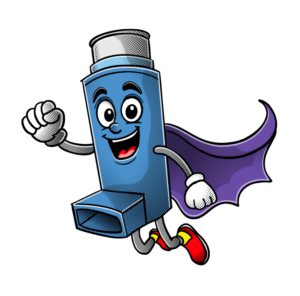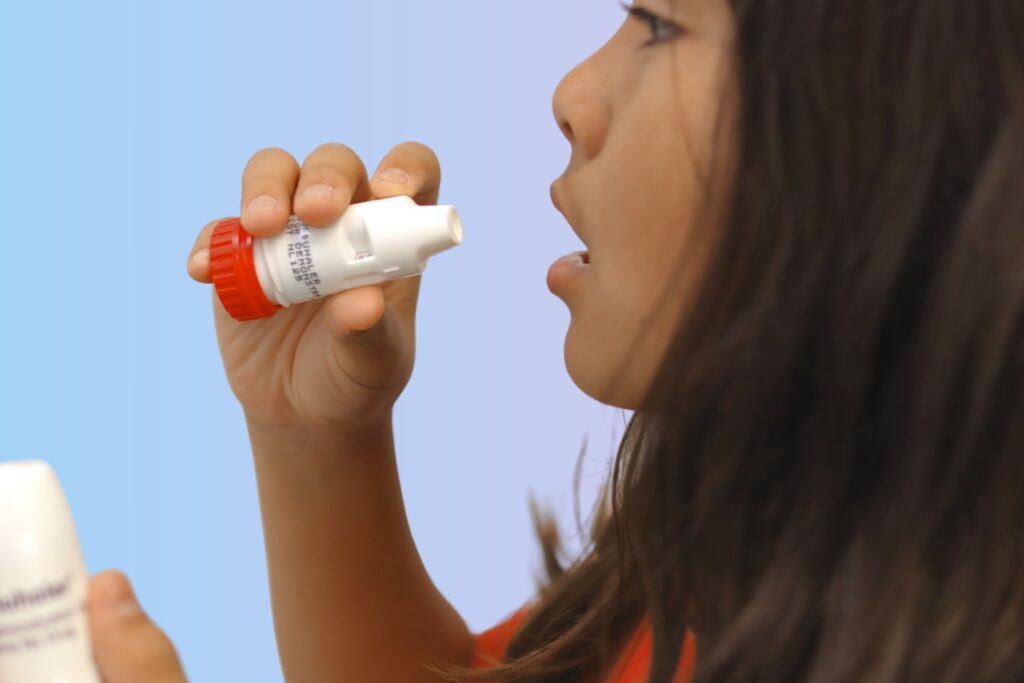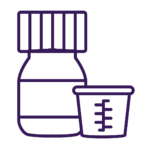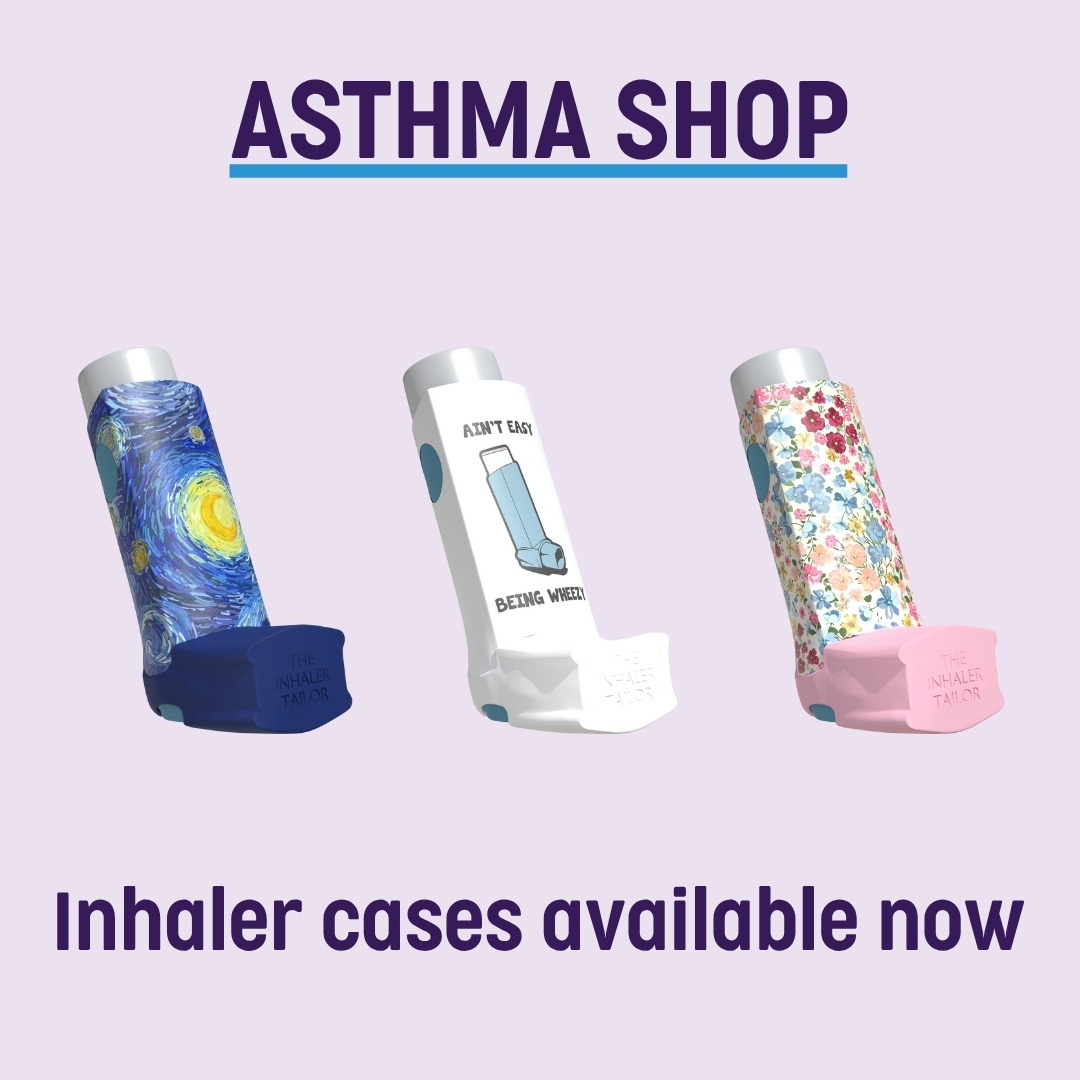Types of asthma medicines for kids
Relievers – relieve asthma symptoms when they happen
All kids diagnosed with asthma need reliever medication.

The most common reliever for kids is salbutamol, which comes in a blue puffer called a pressurised metered dose inhaler, or pMDI. Another option is terbutaline which comes in a Turbuhaler or dry-powder inhaler. Older children may have an anti-inflammatory reliever or use a ‘Maintenance and Reliever Therapy (MART)’ inhaler.
Your child’s reliever works by relaxing the muscles around their airways, helping to ease symptoms so they can breathe better. It’s very safe to use.
 |
A reliever should be used when your child is already experiencing asthma symptoms. If they need it more than twice a week, it’s a sign their asthma may not be well-controlled and they might also need a preventer.

If play or exercise triggers your child’s asthma, their doctor may recommend using the reliever before activity.
A spacer is a plastic tube that helps more of the medicine from a puffer reach your child’s lungs. Children should always use a spacer with their puffer, and those under four may also need a face mask attached.
| How to explain it to your kids: This puffer helps you breathe. It opens up your airways for a little while. |
Preventers – prevent asthma symptoms before they happen
Some children also need daily preventer medicine. Preventers work by calming the redness and swelling in the lungs, helping to reduce how much your child’s lungs react to their triggers. These triggers are different for every child but can include things like cold air, pollen, dust and smoke.
 |
Most preventers are inhaled and contain a mild steroid. Since the medicine goes straight into the lungs, only a low dose is needed. Preventers work best when used daily, as it takes time for the medicine to build up enough to work fully.
Preventer medication comes in different types of inhalers. Make sure your doctor or pharmacist shows you how to use your inhaler properly. If your child is prescribed a preventer that comes in a puffer, they should always use it with a spacer. Kids under four may need to have a face mask attached as well.
A second type of preventer with no steroid is called montelukast, which comes as a chewable tablet for kids. It can also help with hay fever (allergic rhinitis). Your doctor should warn you to be on the lookout for rare side effects that affect your child’s mood or behaviour, but most people don’t need to worry. If you do notice any changes in your child – talk to their doctor immediately.
| How to explain it to your kids: This medicine is like a shield for your lungs. It keeps them calm and stops your triggers making it hard to breathe. We have to use it every day. |
Oral steroids – rescue medicine
 If your child has an asthma attack or flare-up they might be given an oral steroid in the form of a liquid. Oral steroids quickly reduce swelling in the lungs and are only used for 3 days at a time.
If your child has an asthma attack or flare-up they might be given an oral steroid in the form of a liquid. Oral steroids quickly reduce swelling in the lungs and are only used for 3 days at a time.
Using a lot of oral steroids raises the chance of long-term side effects. If your child needs two courses of oral steroids or goes to hospital more than twice in 12 months, ask your doctor about ways to avoid the need for oral steroids. The best way to do this is by using a daily low-dose preventer.
In the long term, it is much safer to take a daily low-dose preventer, than to need repeat doses of oral steroids.
Learn more about oral steroids
| How to explain it to your kids: This medicine is for when you are very sick with asthma. You only need to use it for a few days. |
Hay fever treatment
 Many kids with asthma also have hay fever. Because the nose and lungs are both part of your child’s airways, to help their asthma, you need to look after their nose too.
Many kids with asthma also have hay fever. Because the nose and lungs are both part of your child’s airways, to help their asthma, you need to look after their nose too.
For preschool aged kids or school aged kids with only mild symptoms, this might mean a liquid antihistamine or montelukast (the chewy tablet we mentioned above).
For school aged kids with more severe or frequent symptoms, it may mean a nose spray that contains a mild steroid. This will work the same way as a preventer, by keeping the lining of the nose calm.
Saline sprays can also help. These are saltwater solutions that help clear out the nasal passages, making it easier to breathe. They can flush out allergens like pollen or dust, reduce nasal congestion and keep the airways moist. Since saline sprays don’t contain medicine, they’re a gentle option to use alongside your child’s regular asthma treatment. Saline sprays are available without a prescription.
| How to explain it to your kids: This will make your nose less runny and your eyes less itchy. |










